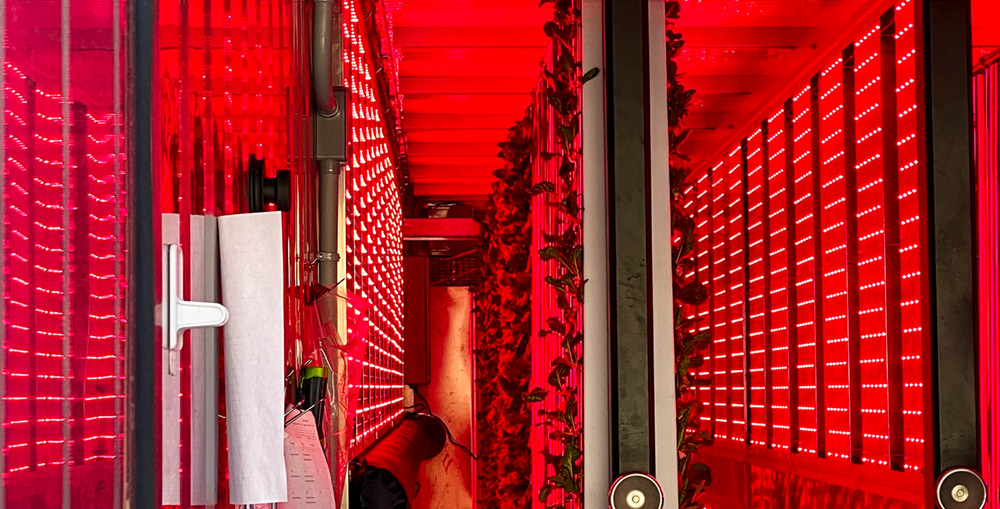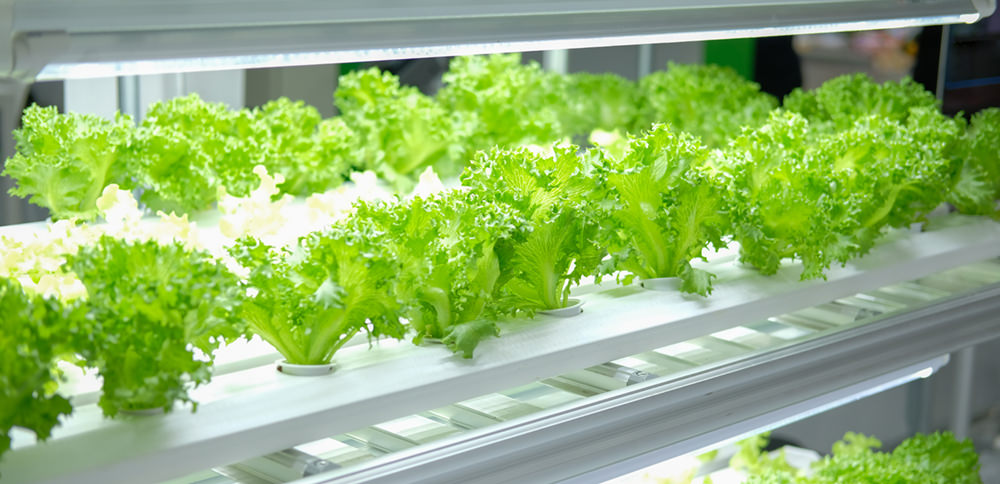Are Shipping Container Farms the Future of Agriculture
Agriculture is critical for food production for humans. But studies have found that agriculture has become more difficult for farmers to enter. Moreover, more and more farmers are adopting indoor controlled environment farm in response to climate change, lack of arable lands, and challenges of profitable production. Shipping container farms are one of the most innovative solutions for farmers to gain a competitive edge. Shipping container farms contribute to more efficient and sustainable food production. In comparison with greenhouses and other indoor agriculture, this innovative production method has the advantages of shorter distribution distance to certain markets, giving the possibility of being located close to the customer. It also eliminates the detrimental effects of harsh environments and pest infestations. Will shipping container farms be the future of agriculture?

What is a shipping container farm
A shipping container farm is a vertical farming system that grows plants within shipping containers rather than buildings. Farmers can accomplish the whole cultivating process in the container, from seeding to harvesting and to packaging. A shipping container can be placed on any flat and stable ground. This brings flexibility in the choice of locations, which allows the possibility to grow plants in the desert. With closer distance to the retail market and customers, shipping container farms provide fresher plants, lower transportation costs, and fewer carbon emissions. But container farms require access to power and water. Due to limited growing space, many shipping container farms utilize hydroponics and aeroponics for plant production instead of soil. As one of the indoor vertical farming systems, shipping container farms need precise control of the growing environment. Key elements of a shipping container include irrigation, nutrient dosing, artificial lighting, and climate control.
Advantages of shipping container farms
Shipping container farms are cheap and easy to buy. Additionally, shipping container farms are easy to star and endorse almost immediate production. Less water, fertilizer and other resources are needed for operating shipping container farms. Besides, shipping container farms are easy to ship. This enables farmers to grow plants and produce food closer to customers with higher yields and lower costs in less time.
Cheap and available
In comparison with buildings and greenhouses, shipping containers are cheap and available. Used shipping containers are nearly everywhere. For shipping companies, selling retired containers to farmers is more economical than discarding. This makes shipping containers inexpensive and available. Furthermore, the lower start-up costs of shipping containers also lower the barriers for small farmers to enter agriculture.
Self-contained and portable
Shipping container farms are self-contained and portable. There is no need to build shipping container farms from the ground up. Therefore, shipping container farms can be run virtually no time at all. Farmers can perform the whole growing process inside shipping container farms. By growing plants or food locally, shipping container farms reduce travel distance and transportation costs. Moreover, containers are easy to ship, which means farmers can grow plants anywhere they want, from urban lands to rural areas.
Fewer resources are needed
By adopting hydroponics or aeroponics growing system, fewer resources are needed for operating shipping container farms. Compared with traditional agriculture, up to 90% of water and 80% of fertilizers, pesticides, and herbicides are reduced in shipping container farms. Furthermore, shipping container farms reduce labor requirements. The interior environment is fully climate controlled, thus there are less needs for labor.
Sustainable production
The growing environment in shipping container farms is precisely controlled. With optimal environment, shipping container farms promote sustainable and yea-round production. The indoor growing environment avoids the damage of the outdoor harsh environment. Suitable temperature, humidity, ventilation, and sufficient lighting enable plants to grow with higher yields in shorter growing periods.

Challenges of shipping container farms
Although shipping container farms are advantageous, they also face challenges to achieve successful and profitable operations. Multiple sensors and controls are required to target the fully controlled environment in shipping container farms. And the equipment will cost a large amount of electricity. Furthermore, providing optimal and precise controlled environments for plants in shipping container farms requires high user knowledge. The difficulty of operating shipping container farms successfully makes farmer not easy to earn desired profits.
High electrical demands
Like most indoor agriculture systems, shipping container farms use a lot of electricity. LED grow lights are good options for supplementing lighting for plants due to their high efficiency, low energy costs, and long lifespan. However, not only lighting, but also other growing factors are required to be properly managed in shipping container farms. To maintain the optimal growing conditions for plants, machines for heating, cooling, and ventilation keep working for a long period per day. The long-term operation results high electricity bills which can even negate profits.
Hard environmental controls
Providing optimal growing environment in shipping container farms is difficult because of the requirements of high user knowledge and variables of agriculture. Farmers or employees should know what plants need and how to control these sophisticated and complex systems to provide the desired environment for plants. For example, different plants require different lighting. Even the same plant has different lighting needs in different growing stages. So farmers should select LED grow lights with the right spectrum, right lighting intensity, and the right lighting duration to improve plant growth. Looking for professional horticulture lighting solution? Contact us now!
Not easy to be profitable
The key goal of farmers is to reap more profits. As mentioned, shipping container farms are cheap and available. Farmers may start and utilize shipping container farms with the temptation of cheap. But cheap doesn’t mean profitably. Profits are related to revenue and total costs. Shipping container farms have cheap initiate costs but high operating expenses. Apart from the costs, farmers should also pay attention to the quality of plants. Higher yields don’t equal more profits. Farms need to sell their plants to customers. High quality plants with large fruits, tasty flavor, or fresh appearance are more popular for customers.
Conclusion
In sum, shipping container farms play a significant role in the future of agriculture. The word is facing shortages of resources and arable lands. Shipping container farms provide the possibility to shorten the distance from farms to customers and bring fresh and local food in less time. Although container farms have high demands for electricity and user knowledge to maintain optimal temperature, lighting, humidity, and other growing factors for plants, they also provide efficient, local, sustainable, and year-round production. With the development of technology, drawbacks of shipping container farms can be overcome in the future.

